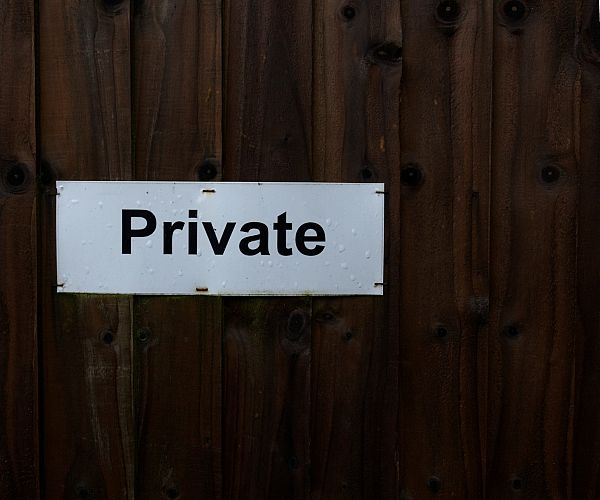Best blogs on fence safety and privacy
Fences serve a variety of purposes, one of the most important being security and privacy. There are various types of fences that serve the...

Having a secure fence surrounding your property adds value to your home, boosts security and is perfect for increasing privacy. If you’ve recently implemented a new pool or if you’re trying to keep livestock under lock and key, a fence is not only beneficial, it’s necessary.
Regardless of the reasons for erecting a fence, a couple of rules apply. As with all projects there are dos and their are don’ts. With fencing, the price of committing a ‘don’t’ can be high. Here’s our list of six common mistakes you can avoid when laying the foundation for that perfect fence.
It’s a common yet particularly unfortunate mistake many do-it-yourself fence installers make. Before setting out on this task, you must check and double check your property lines. Like the back of your hand, know where your property ends and your neighbors begin.

If you’re wrong and you end up installing a fence on your neighbor's property, it could cost you thousands of dollars and hours of work tearing down the fence so it’s on your property. In other words, this is a mistake most homeowners simply cannot afford.
If in doubt, you should have the area surveyed and clearly marked. The cost of this survey is minuscule in comparison to the cost of demolishing and re-installing a fence.
A fence is a long-term investment. As with any long-term decision, planning is vital. Before installing a fence visualize and note the lay of the land. Before you place the first fence post in the ground, be aware of where you intend to lay the fence. This is important because different kinds of landscapes can have vastly different fencing requirements.

For example, fences on a slope require a different kind of post than fences of flat ground. This will need to be researched and carefully planned to avoid a faulty and unstable fence.
Digging for a fence post is hard work. Trust us, we’d know! Nevertheless, homeowners must resist the temptation to dig shallow holes for fence posts. Without a deep hole, the fence post will lack stability and the fence will start to sag.

A general rule of thumb is to have one-third of a fence height underground. Gate posts on an aluminum fence should be a minimum of 30 inches deep. However, the tricky part about digging for your fence posts is that you stand the chance of hitting pipes or wires.
Not all areas allow all fences. Certain zones will place height limitations and also boundary requirements. Some locations allow for fencing on a property line, other require an offset. If you’d like to learn about the lower mainland’s zoning laws, check out our blog post.
In addition to verifying your local zoning laws, you’ll also need to check with your local Homeowner’s Association (HOA) as they might offer different guidelines on the types of fences (and in some circumstances colors) you can build.
Before you start installing a fence, be aware of the size of the sections you’ll need and account for any inconsistencies up front. For example, if you’re installing a paddock fence that is in 8-foot sections and your property line requires a 5-foot section, you will need to plan accordingly.
You’ll also need to know where to set your post holes. This is why measuring your fence line is vital. After all, a failure to plan the distance of fence holes can result in headaches further down the line.
Do you feel ready to build your own fence? Or would you rather rest assured that all your fencing problems are taken care of? Do you have a specific question about installing fences? Feel free to contact us today and one of our professional fence consultants can help you design the perfect fence, one that is mistake free and meets all of your requirements!

Fences serve a variety of purposes, one of the most important being security and privacy. There are various types of fences that serve the...

With spring approaching, it’s time to make sure that your fence is in tip-top shape. Giving your fence a quick inspection will allow it to...

Spring is the ideal time to take care of your fence with some TLC. Maintaining your fence helps it last longer, protects it from natural damage,...

Ensuring you have a properly fenced yard is paramount, particularly when you have animals and agriculture to protect. The last thing you want is...
Download our comprehensive eBook to find exactly what you're looking for.
Affiliations


-(1).png)
Accepted Payments
